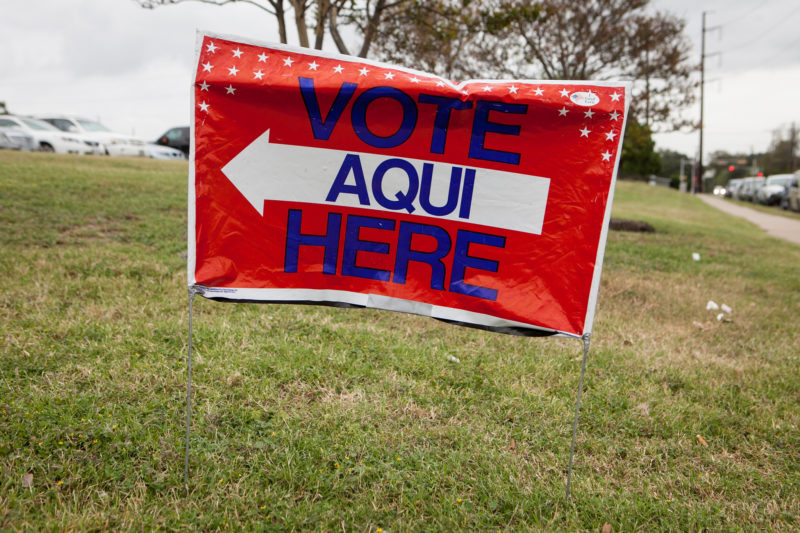The primaries have come and gone, and the general election is more than half a year away. But we’re not quite ready to put election news on the shelf just yet. There are still the runoffs – made necessary in some races because no candidate received more than 50 percent of the vote. More than 30 races will be decided this way on May 22. For the candidates involved, it’s one more sprint, after having already run a marathon campaign.
Brendan Steinhauser, co-founder of the Austin-based political consulting company Steinhauser Strategies, says being in a runoff is sort of like “qualifying for one round, getting into the finals and having to do it all over again,” he says.
Runoff voters are more intensely ideological than voters overall, Steinhauser says. There are also usually fewer of them than there were in the primary.
“You really have to do a good job of figuring out and trying to predict who will turn out in the runoff and then targeting those voters as effectively as possible,” Steinhauser says.
Steinhauser says his company focuses on using data to predict which voters are most likely to turn out in a runoff, and communicating with them in various ways.
Written by Shelly Brisbin.
















